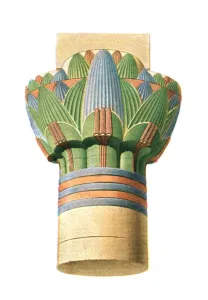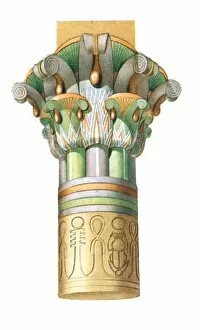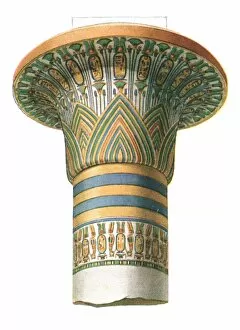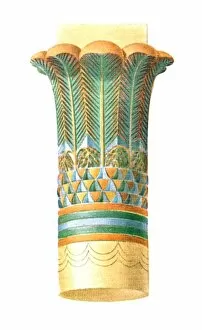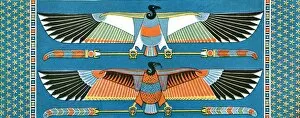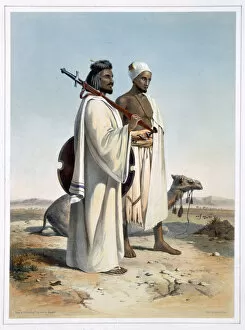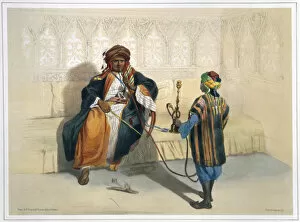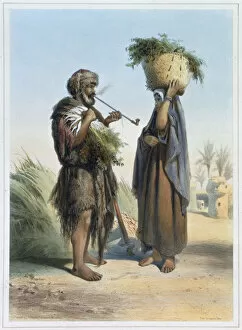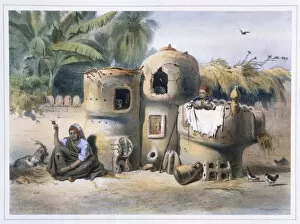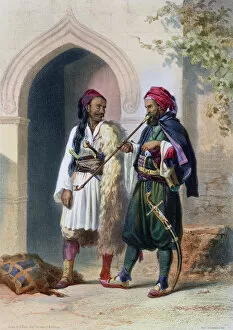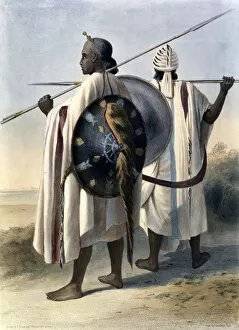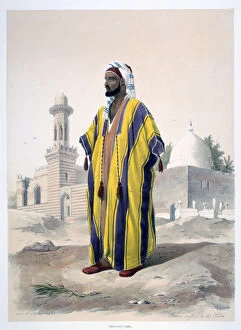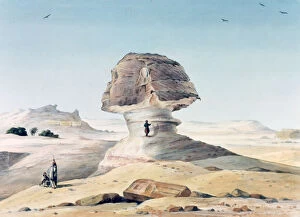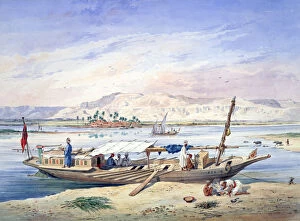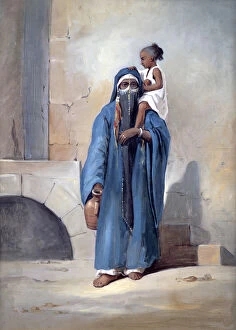Emile Prisse Collection
Emile Prisse: Unearthing Egypt's Rich Heritage Step back in time and immerse yourself in the captivating world of Emile Prisse
For sale as Licensed Images
Choose your image, Select your licence and Download the media
Emile Prisse: Unearthing Egypt's Rich Heritage Step back in time and immerse yourself in the captivating world of Emile Prisse, a renowned French archaeologist who dedicated his life to unraveling the mysteries of ancient Egypt. In this collection of stunning photographs taken during his expeditions, we catch a glimpse of the awe-inspiring treasures he discovered. Luxor, Egypt - 1928: As we gaze upon a majestic column rising towards the heavens, we can almost feel the weight of history resting upon its weathered surface. This Ptolemaic capital from Edfu transports us to an era long gone but forever etched into our collective memory. Karnak, Egypt - 1928: Another marvel awaits us at Karnak as we behold yet another magnificent column adorned with intricate carvings. The unknown creator's skillful craftsmanship speaks volumes about their reverence for beauty and grandeur. Thebes, Egypt - 1928: A bouquet capital from Thebes captures our attention with its delicate floral motifs. It serves as a reminder that even amidst war and turmoil, artistry flourished in ancient Egypt. Philae, Egypt - 1928: Moving further south along the Nile River brings us to Philae where a Ptolemaic-Roman capital stands proudly. Its fusion of architectural styles reflects the cultural melting pot that was ancient Egyptian society. Sakkara, Egypt - 1928: Descending into darkness within Bekenranef's tomb at Sakkara reveals breathtaking ceiling paintings whose vibrant hues have defied time itself. These masterpieces offer glimpses into daily life and spiritual beliefs held dear by Egyptians centuries ago. Rosetta, Egypt - 1848: Shifting gears momentarily to Mouilleron's artwork depicting Nizamior troops stationed in Kanka reminds us that history is not confined solely to monuments and artifacts; it lives on through those who safeguarded Egypt's borders. Egypt - 1848.


